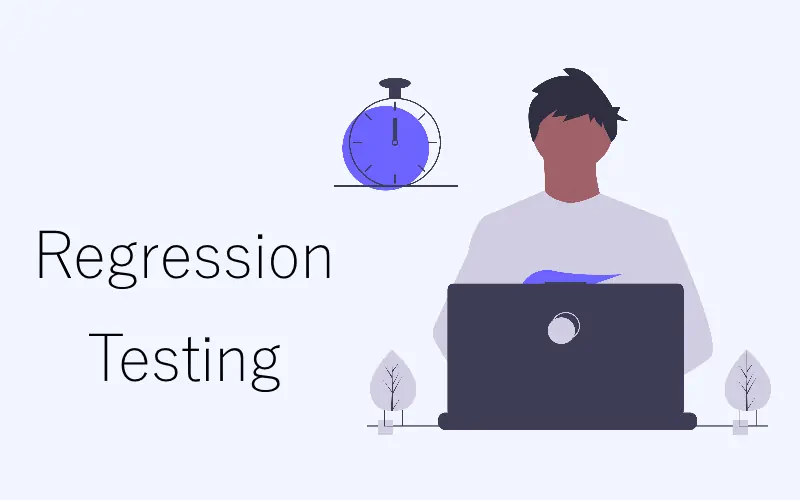One of the most frustrating parts of the coding process is having to change your code in order to fix a bug or an error. When this code change is implemented, sometimes the function does not work as it did prior to the change. This issue is often the bane of the coding process and can lead to many more bugs arising from the app. So how do you tell if your code change worked and the system is crash resistant?
Regression testing has become the name for the process of testing your system against crashing after a code change. Seeing if your code continues to work as intended is necessary before the developer and launch an update. Patching code can be frustrating as you're simply attempting to fix an existing issue, but along the way you cause more.
What is regression testing?
The meaning of regression testing is testing your product's implemented code changes for errors and crashes. Once the product has been released, most of the testing process has been completed and the major bugs have been worked out. However, if in order to fix an existing issue, you alter the code and it causes a crash, further testing is required. This is regression testing.
By regression testing, developers are able to see what aspect of their system is crashing and can begin to plan how to solve the new-found bugs. This can take hours and possibly cause further issues to occur. Many companies employ the use of automated regression testing to avoid long hours of fixing code issues.
Different types of testing
Each case of regression testing is different and requires a varying amount of attention to specific details. Often times you'll find that testing the entire system isn't necessary and focusing on a certain feature is more beneficial to the project.
- Corrective - This is when the program hasn't been altered too much. Old code systems are often implemented rather than writing a whole new block of code.
- Progressive - New code is written and tested in the system. These new lines of code may not be used but are temporarily implemented to see how they function.
- Selective - The developers on the project test out certain parts of the code to see how it operates and if the issue lies within.
- Complete - This is a complete regression test of the entire system and is often done when the developers cannot find the issue.
Finding the right process for your project can be both cost and time effective. Saving your company and your development on both is the top priority but finding the issue and addressing it is the focus. Regression testing helps developers in all three aspects.
The automation of regression testing can be beneficial in that it completes the changes for a lower cost and wastes less time, but it provides an impersonal touch. Often times, automated regression testing will need to be followed up by a manual check of each system that was addressed. Smaller companies might not have the means to automate their regression testing process.








